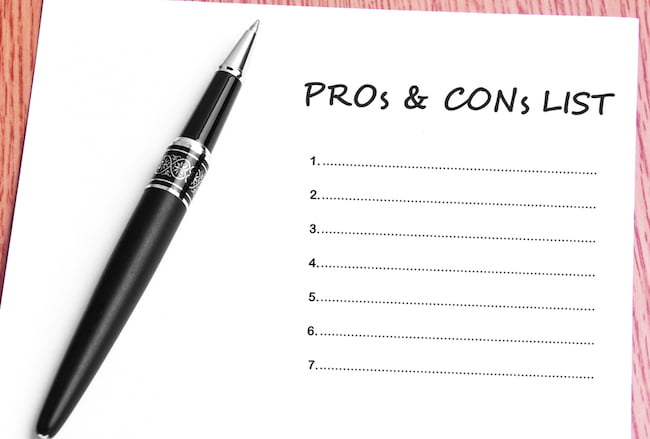8 Steps to Selecting an Enclosure Cooling Supplier for Control Panels

Modern power equipment, while robust, has an Achilles heel because it is sensitive to heat and will malfunction and fail if heat rises above recommended operating levels. This necessitates careful enclosure design and the provision of robust enclosure cooling solutions. Here are 8 steps you can take to select the right enclosure cooling supplier.
Availability of Sales Staff
Each enclosure cooling solution is different and the availability of technically trained, knowledgeable sales staff who are able to provide advice and guidance is an essential prerequisite. Ideally, they should be located where they can readily visit your site to discuss particular issues.
Technical Support
Over and above access to local specialists, it’s essential the supplier is able to provide full technical support to quickly resolve problems, identify solutions, and to expedite warranty repair work to ensure cooling equipment downtime doesn’t lead to costly plant outages.
Model Range
The range of solutions offered by the supplier should cover the full gamut of cooling requirements from simple low cost fan-assisted ventilation systems through to active energy-efficient cooling systems and high-capacity air conditioners capable of handling large thermal loads and difficult environmental conditions. There ought to be models designed to suit all enclosure sizes, including small 7-inch deep units right up to full-size wide and deep enclosures. Materials of construction must include high-quality powder coated steel finishes as well as stainless steel for sanitary and corrosive environments. Units should be designed to comply with NEMA enclosure ratings.
Features
Technical features offered should include:
- Energy efficiency: Look for low power consumption.
- Safety cut-outs: Verify protective devices are fitted to shut equipment down in case an unsafe condition arises and that raise an alarm remotely through the LAN and Internet.
- Corrosion protection: Check for corrosion protection solutions such as epoxy coating of condenser coils and the use of corrosion-resistant stainless steel.
- Condensate removal: Ensure there’s an effective condensate removal system to dispose of unsightly and potentially dangerous refrigeration condensate.
- Filtration: Make sure air conditioner filters are easy to maintain and have adequate capacity for the application.
- Vibration isolation: Are special measures taken to isolate vibration to prevent cracking of refrigeration tubing joints?
- Construction method: Look for welded seam construction for long, reliable operation.
Approvals
In terms of the NEC and OSHA, enclosure air conditioners must be approved by a Nationally Recognized Testing Laboratory such as UL. Similar requirements exist for Canada.
Literature
The supplier should provide full and comprehensive literature, including data on equipment selection, cooling capacities, installation manuals, and maintenance of equipment. This information needs to be readily available on the supplier’s website. Ideally, there ought to be a capacity calculator that allows customers to perform a thermal heat load calculation and select appropriately sized cooling equipment.
Delivery Time
The critical nature of enclosure cooling equipment means it’s important that new and replacement units can be supplied promptly with a shipping lead time for of two to three weeks.
Spares
The cooling equipment supplier should carry a full inventory of spares available for immediate shipment. This must include service items as well as all components that are likely to fail, including compressors, expansion valves, fans, and the like.
The Extra Mile
When selecting an enclosure cooling supplier, it’s best to look for one who is prepared to go the extra mile with you. The range of equipment offered should be extensive, but without so many variations that it’s difficult for the supplier to keep spares in stock for immediate shipment. Consider also the supplier’s ability to supply equipment to replace coolers from competitors who have gone out of business or are no longer available.

